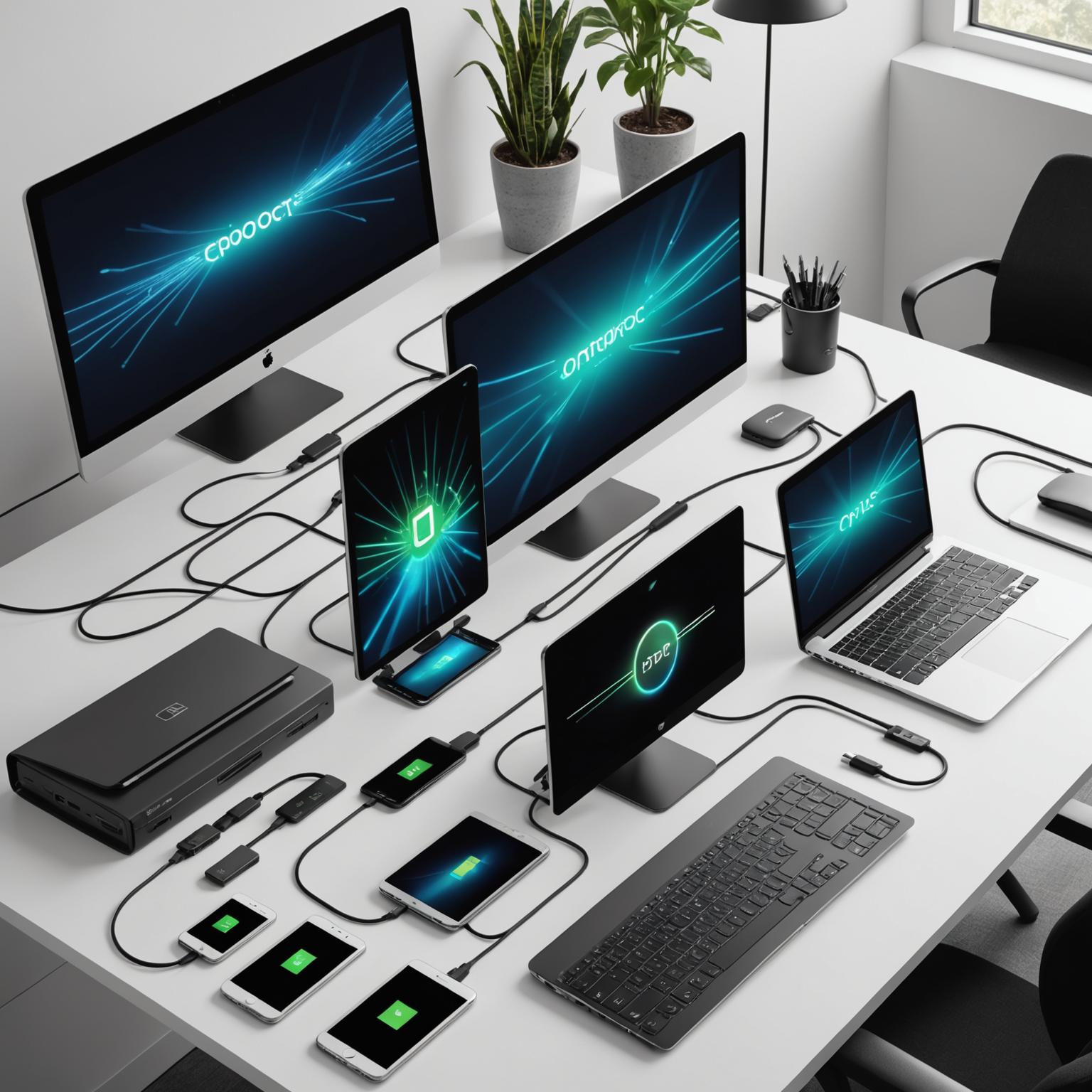The Rise of the Type-C Data Cable
This is our independent website, you can check out our products.https://pjcases.com
The Type-C data cable has become an essential component for modern electronic devices. Praised for its versatility and speed, it has rapidly replaced previous generations of connectors. Its primary feature is its reversible design, allowing users to plug it in any orientation, eliminating the common frustration experienced with older USB types. Additionally, the Type-C data cable is capable of supporting high-speed data transfer, making it ideal for tasks that require quick transmission of large files. As more devices transition to this innovative design, understanding the features and benefits becomes crucial.

Features of the Type-C Connector
The Type-C connector comes with a suite of impressive features that enhance its functionality. One of the most appreciated attributes is its ability to support a range of protocols, including HDMI, VGA, and DisplayPort. This multi-protocol support streamlines connectivity, allowing a single cable to charge devices, transfer data, and even connect to –displays. The connector’s design also allows for higher power delivery, charging devices more efficiently and effectively. This feature is particularly beneficial for powering high-performance laptops and smartphones quickly. As technology advances, the compatibility and capabilities of the Type-C connector continue to expand, making it a future-proof choice for consumers.
Evaluating the Impact of Type-C Data Transfer Cables
Type-C data transfer cables have significantly impacted the tech industry. Their support for faster data transfer rates enhances productivity demands in both personal and professional environments. For instance, professionals who handle substantial files, such as video editors and software developers, benefit greatly from the faster transfer speeds, saving crucial time on data transfers. Furthermore, these cables contribute to a cleaner and more organized workspace by reducing clutter with their single-cable solution. The integration of Type-C cables into everyday technology is indicative of the standardization of a more efficient and user-friendly experience. As more manufacturers adopt this technology, the Type-C data cable is poised to become the ubiquitous standard in connectivity.
